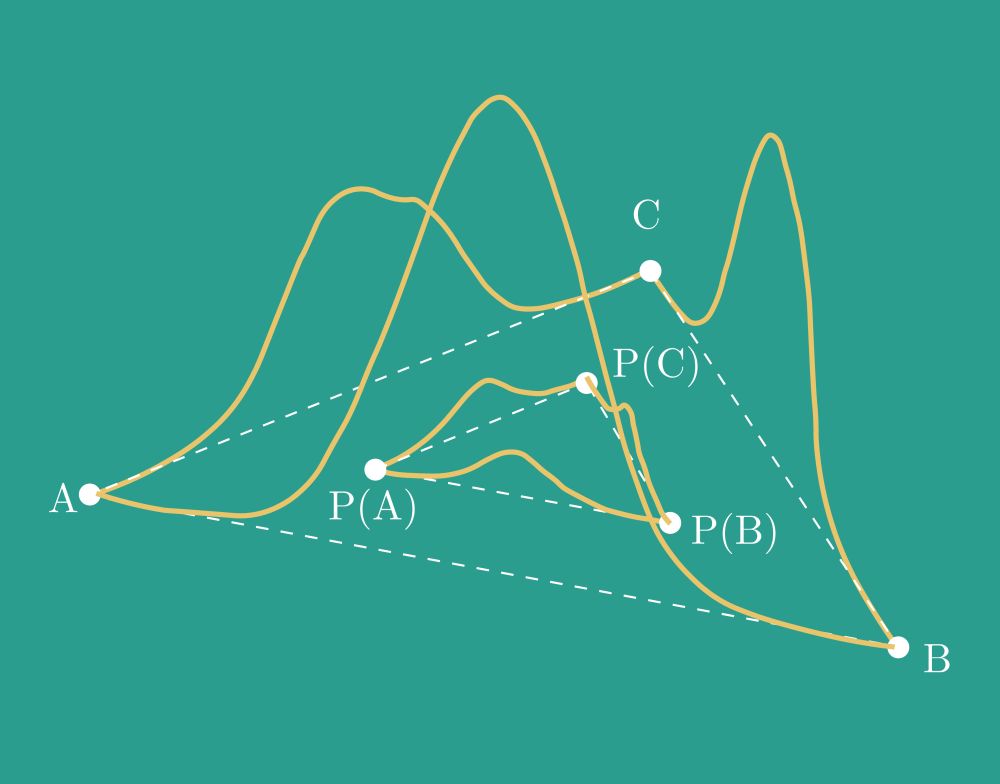
🥷stealth-mode CEO
🔬prev visiting @ Cambridge | RS intern @ Amazon Search | RS intern @ Alexa.
🆓 time 🎭improv theater, 🤿scuba diving, ⛰️hiking
Kudos to the team 👏
Antonio A. Gargiulo, @mariasofiab.bsky.social, @sscardapane.bsky.social, Fabrizio Silvestri, Emanuele Rodolà.
1. Perform a low-rank approximation of layer-wise task vectors.
2. Minimize task interference by orthogonalizing inter-task singular vectors.
🧵(1/6)
Kudos to the team 👏
Antonio A. Gargiulo, @mariasofiab.bsky.social, @sscardapane.bsky.social, Fabrizio Silvestri, Emanuele Rodolà.
1. Perform a low-rank approximation of layer-wise task vectors.
2. Minimize task interference by orthogonalizing inter-task singular vectors.
🧵(1/6)
1. Perform a low-rank approximation of layer-wise task vectors.
2. Minimize task interference by orthogonalizing inter-task singular vectors.
🧵(1/6)
Say no more!
It just so happens that our new #NeurIPS24 paper covers exactly this!
Huh? No idea what I am talking about? Read on
(1/6)

Say no more!
It just so happens that our new #NeurIPS24 paper covers exactly this!
Huh? No idea what I am talking about? Read on
(1/6)

Say no more!
It just so happens that our new #NeurIPS24 paper covers exactly this!
Huh? No idea what I am talking about? Read on
(1/6)
💡idea: we consider task vectors at the layer level and reduce task interference by decorrelating the task-specific singular vectors of any matrix-structured layer
🔬results: large-margin improvements across all vision benchmarks
We show that task vectors are inherently low-rank, and we propose a merging method that significantly improves SOTA.
arxiv.org/abs/2412.00081


💡idea: we consider task vectors at the layer level and reduce task interference by decorrelating the task-specific singular vectors of any matrix-structured layer
🔬results: large-margin improvements across all vision benchmarks

